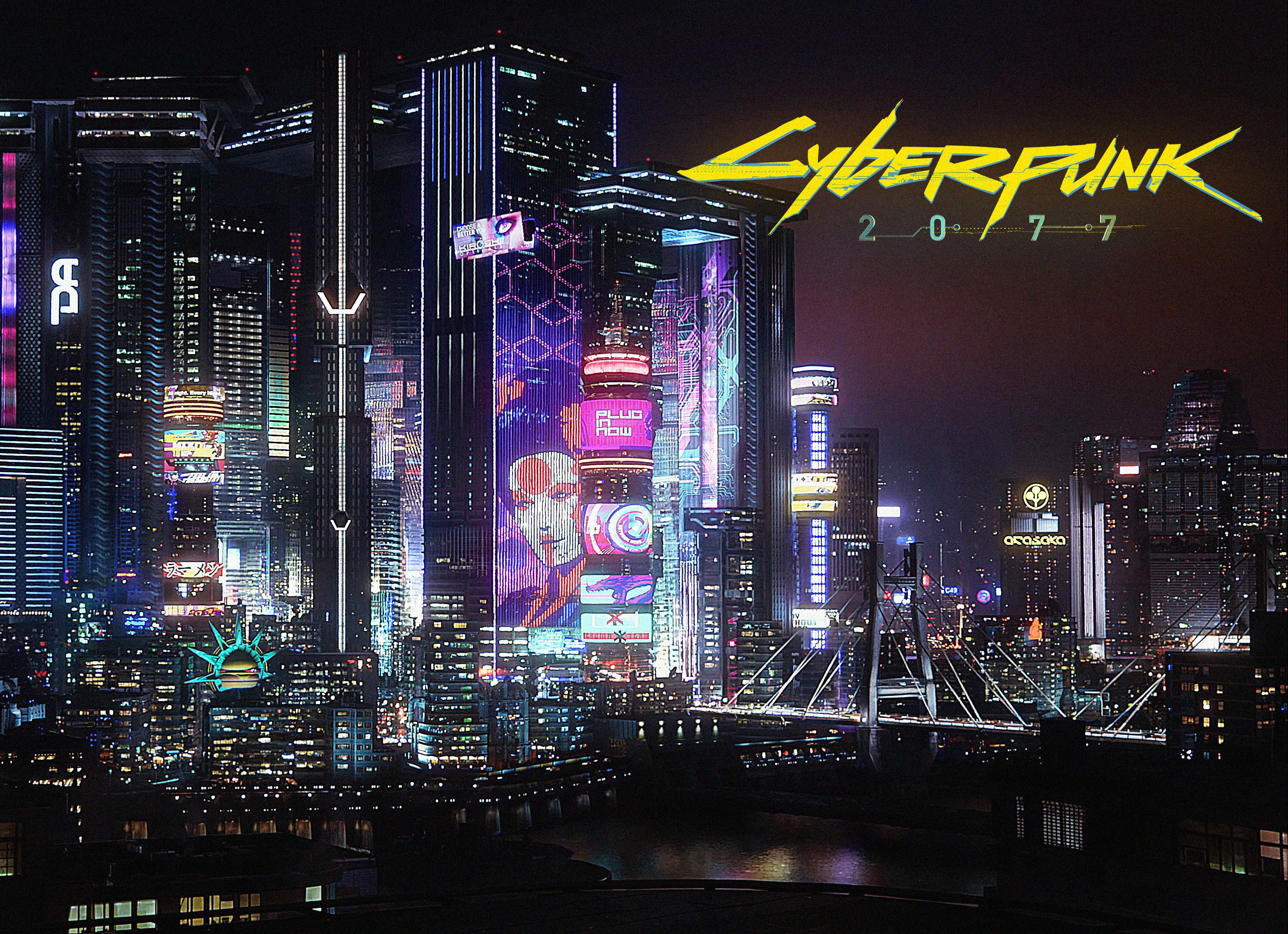Doom (2016) Score: FPS Reboot Excellence
Few video game reboots have managed to capture the essence of their predecessors while simultaneously pushing the genre forward as masterfully as Doom (2016). Developed by id Software and published by Bethesda, this reimagining of the iconic 1993 shooter not only honored its roots but also set a new standard for first-person shooters (FPS). From its relentless combat to its pulse-pounding soundtrack, Doom (2016) is a masterclass in FPS design—a perfect blend of nostalgia and innovation.
A Return to Form
The original Doom revolutionized gaming with its fast-paced action, maze-like levels, and demon-slaying chaos. However, as the FPS genre evolved, many titles shifted toward slower, cover-based mechanics and cinematic storytelling. Doom (2016) rejected these trends, doubling down on what made the series great: speed, aggression, and unrelenting violence.
Unlike modern military shooters that emphasize realism, Doom embraces its over-the-top nature. The game doesn’t ask players to hide behind cover or wait for health to regenerate. Instead, it rewards aggression with the "Glory Kill" system, where brutal melee finishers drop health pickups, encouraging constant movement and ferocity. This design philosophy ensures that every firefight is a high-octane ballet of bullets, explosions, and gore.
Combat as a Symphony of Destruction
The combat in Doom (2016) is nothing short of exhilarating. Each enemy type has distinct behaviors, forcing players to adapt on the fly. Imps leap from walls, Hell Knights charge with terrifying speed, and Cacodemons float ominously while spitting fireballs. The game’s arenas are designed as playgrounds of destruction, filled with verticality, hazards, and hidden power-ups.
Weapon variety is another highlight. The Super Shotgun remains a fan favorite, delivering devastating close-range carnage, while the Gauss Cannon offers precision sniping with explosive results. The game also introduces weapon mods, allowing players to customize their arsenal for different playstyles. Whether you prefer the explosive burst of the Rocket Launcher’s remote detonation or the rapid-fire chaos of the Chaingun’s mobile turret, Doom ensures that every tool feels powerful and satisfying.
Mick Gordon’s Legendary Soundtrack
No discussion of Doom (2016) is complete without mentioning Mick Gordon’s groundbreaking score. The soundtrack is a fusion of industrial metal, electronic beats, and eerie ambient tones, perfectly complementing the game’s hellish atmosphere. Tracks like BFG Division and Rip & Tear are adrenaline-pumping anthems that elevate the combat to near-mythic levels.
Gordon’s use of distorted guitar riffs, synthesized bass drops, and even demonic chanting creates a soundscape that feels otherworldly yet rhythmically precise. The music dynamically shifts with the action, intensifying during battles and fading into unsettling ambience during exploration. It’s not just background noise—it’s an essential part of the experience, driving the player forward with relentless energy.
A Minimalist Narrative That Works
Doom has never been about deep storytelling, and the 2016 reboot understands this perfectly. The plot is simple: Demons have invaded a Martian research facility, and the Doom Slayer—a silent, unstoppable force of nature—must rip and tear his way through Hell’s legions.
What makes the narrative effective is its self-awareness. The game pokes fun at modern gaming tropes, such as when the protagonist smashes a holographic mission briefing rather than listening to exposition. The Doom Slayer doesn’t care about politics or moral dilemmas—he exists solely to destroy demons, and the game revels in that purity.
Visuals and Level Design
From the industrial corridors of the UAC facility to the grotesque landscapes of Hell, Doom (2016) is a visual feast. The art direction strikes a perfect balance between sci-fi realism and nightmarish horror. Gore nests pulse with organic corruption, and ancient ruins drip with otherworldly menace.

Level design encourages exploration, with hidden secrets, classic Doom Easter eggs, and upgrades scattered throughout. The game’s pacing is impeccable, alternating between intense combat encounters and quieter moments of exploration, ensuring players never feel fatigued.
Legacy and Influence
Doom (2016) didn’t just revive a franchise—it reinvigorated the FPS genre. Its success proved that fast-paced, skill-based shooters still had a place in modern gaming. Titles like Ultrakill and Prodeus have since drawn inspiration from its design, and even Doom Eternal (2020) built upon its foundation with even greater depth.
Conclusion
Doom (2016) is more than a reboot—it’s a declaration of what makes FPS games great. By embracing speed, aggression, and unapologetic brutality, it stands as one of the finest shooters of the decade. Whether you’re a longtime fan of the series or a newcomer, Doom (2016) delivers an experience that is both nostalgic and refreshingly modern.
In the end, the game’s philosophy can be summed up in one iconic phrase: "Rip and tear, until it is done." And rip and tear it does—with unparalleled excellence.














